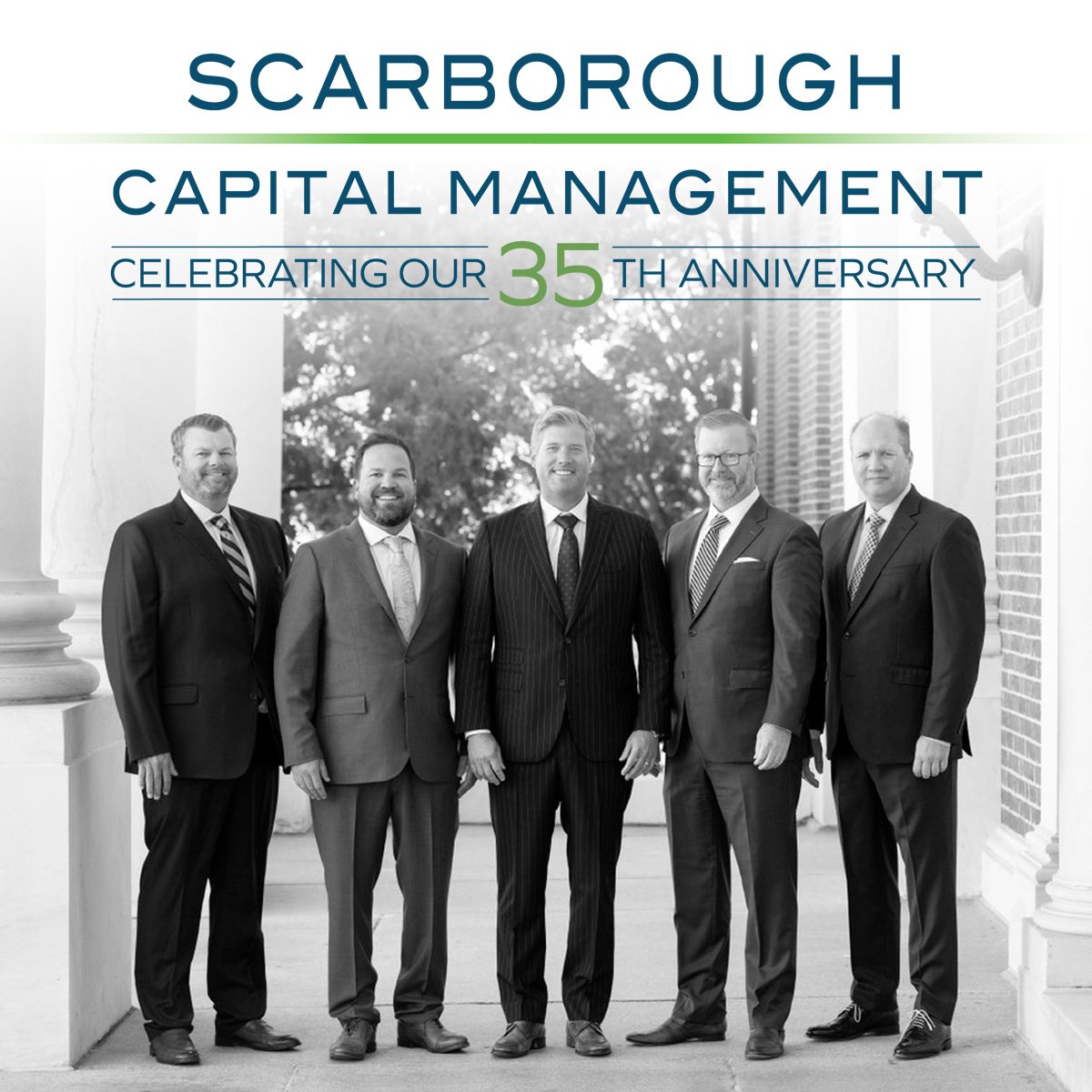

by Joshua P. Goldsmith
Categories:
Why Saving Early for Retirement is Important Now
It may not be news that earning interest through savings accounts, 401(k)s, IRAs, and other investments can be a plus. Similarly, most people know that inflation is changing the economic game for Americans today.
However, it might surprise you to learn how much of a difference time can make when interest is generating growth. Especially if it is left untouched in an account for years, the results can be significant. To illustrate this, we should consider the differences between simple and compound interest.
Please explore these topics with us:
Simple interest
Compound interest
Simple Interest
Unlike other varieties, simple interest is paid out at a given percentage once a period. It only takes the original principal value into consideration: No matter how much money is generated over time, this interest can never earn additional interest on itself. Clearly, it still earns money, but this isn’t the ideal type we’re looking for when it comes to our savings accounts.
For instance, let’s say you sign a lease to rent an apartment: The conditions require you to put down a security deposit of $1,500. At the end of your time in the residence, provided all goes smoothly, you will get your money back.
It’s Never Too Early To Start Planning for Your Future.
Meanwhile, with this security deposit, you also earn simple interest on that $1,500. As a result, if you stay there for five years, the results could look like the following:
Year 1 - $1500 x 3% = $45
Year 2 - $1500 x 3% = $45
Year 3 - $1500 x 3% = $45
Year 4 - $1500 x 3% = $45
Year 5 - $1500 x 3% = $45
For each year, you earn $45. This comes to a total of $225 over the five-year period. In other words, at the end of your stay, you would receive a check for $1,725. That includes your $1,500 security deposit as well as your earned interest of $225.
Staying in the same place for 50 years, earning 3% from your security deposit could make you some money. However, you’ll never earn more than $45 per year since the interest is calculated from the initial deposit only. Over time, it cannot result in anything more.
Compound Interest
On the other hand, there is another financial tool you can use: Compound interest is paid on the total sum of money in the account. This happens regardless of whether the money is your principal amount or if it is a result of additional interest earned.
Here’s an example: You invest in an account over several years, earning an average of 5% compounded annually. Compound interest works best when stretched out over several years (rather than just a few of them).
So, let’s say that you start investing $200 per month in this account when you’re 45 years old. If you continue until you retire at age 65, your total principal invested is $48,000: This earns you $31,358.29 in interest (or $79,358.29 in total). In other words, the earned interest matches the amount that was contributed, doubling your money. This is the power of compounding.
Now, let’s say that instead of starting at 45, you start at age 35: Your total principal invested becomes $72,000, which earns you $87,453.23 in interest, or $159,453.23 total. By adding 10 more years and an additional $24,000 in principal that you’re investing, you’re earning an additional $56,094.94 in interest.
Compound interest may significantly benefit those who have the ambition, planning, and discipline to start early. Let’s look at one more example of how: Instead of starting at age 35, what if you begin when you are 25? This allows for 40 total years of growth.
Your total principal invested is $96,000, which earns you $193,919.46 in interest, or $289,919.46 in total. So, by starting 10 years earlier, you’re able to generate over double your principal amount in interest.
Here’s a table to better illustrate the same points:
|
Years of investing |
principal invested |
Interest earned |
Total saved |
|
45 - 65 y/o, 20 years |
$48,000 |
$31,358.29 |
$79,358.29 |
|
35 - 65 y/o, 30 years |
$72,000 |
$87,453.23 |
$159,453.23 |
|
25 - 65 y/o, 40 years |
$96,000 |
$193,919.46 |
$289,919.46 |
Savvy Savers Start Early
 While $200 per month may be the amount you choose to save at this time, increasing that amount when you are financially able could allow those funds to grow more quickly. Add in an employer-matched 401(k) plan, a comprehensive care plan, and a little bit of Social Security, and you could be well on your way to a very comfortable retirement.
While $200 per month may be the amount you choose to save at this time, increasing that amount when you are financially able could allow those funds to grow more quickly. Add in an employer-matched 401(k) plan, a comprehensive care plan, and a little bit of Social Security, and you could be well on your way to a very comfortable retirement.
Compound interest can make an incredibly powerful financial ally. Learning how it works early on in life could put you on the road to a prosperous financial future.
If you have any questions on investing for the long-term, the best ways to get started, or 401(k) plan management, contact us today. We excel at providing retirement planning in Annapolis, including answering questions on Social Security for millennials.
The information provided is general in nature and should not be considered investment, tax, or financial advice. All views expressed are the opinion of Scarborough Capital Management and are not intended as a forecast, a guarantee of future results, investment recommendations, or an offer to buy or sell any securities. The scenarios described are hypothetical in nature and do not depict an actual real-life experience. Investing in securities involves certain risks which can include the total loss of principal invested. The views expressed were current as of the date indicated and are subject to change. Scarborough Capital Management does provide tax or legal advice. You should consult with a licensed tax or legal professional for advice concerning your specific situation.






